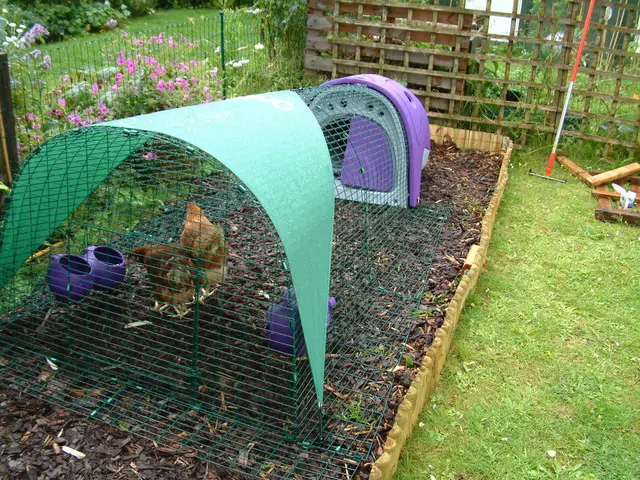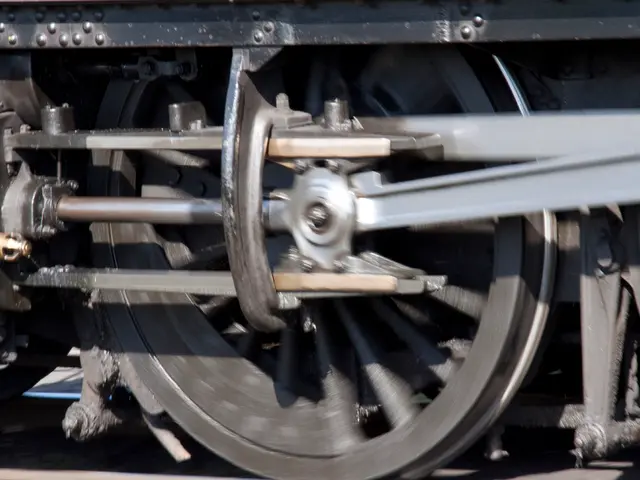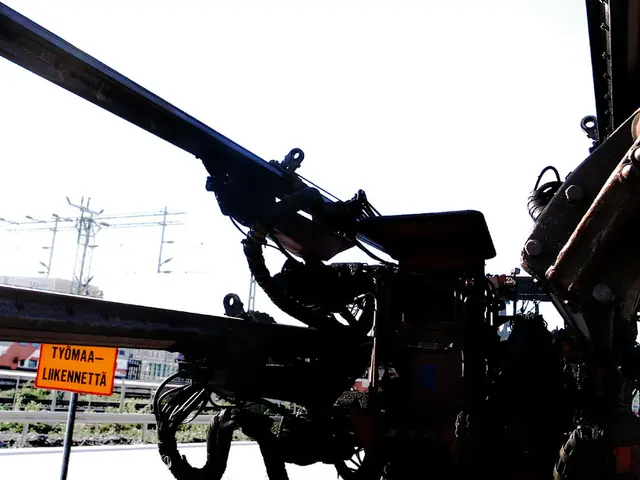Romanian industry contracts by 2.5% year-on-year in January, as optimistic forecasts remain tentative
Romania's industrial production growth for 2025 is expected to be subdued, with some short-term declines but positive outlooks emerging for the period beyond 2025.
In the first half of 2025, industrial production declined by approximately 2%, reflecting economic challenges. However, quarterly data show some improvements softening the negative trend. The overall GDP growth for 2025 is modest, estimated around 0.3% to 0.7%, with industrial output lagging behind services.
The expectations component of the CFA confidence index improved by 1.7 points month-on-month (m/m) at the end of January but remained at a very low level of 32.5 points. The industrial production contracted by 2.5% year-on-year (y/y) in January, but the workday-adjusted industrial output increased by 2.1% y/y in the same month.
Despite the short-term declines, Romania is poised to become a significant hub for industrial investments in the coming decade, particularly driven by the relocation (nearshoring) of production from other regions to Europe.
The main growth sectors include manufacturing, logistics and warehousing, and industrial warehousing and production facilities. Demand for industrial space used for production has increased significantly, from about 10-15% to around a third of industrial space demand in recent years.
In January 2025, the core manufacturing industries in Romania declined by 2.3% y/y, but encouraging growth was seen in specific areas. For instance, the manufacturing of metal structures showed an encouraging 5.0% y/y growth, while the manufacturing of non-metallic mineral products (construction materials, such as cement, adhesives, or glass) increased by 11.2% y/y. Food manufacturing also expanded by 3.8% y/y.
However, there were contractions in other sectors. In January 2025, textile and clothing manufacturing contracted by 25% y/y and 21% y/y, respectively. The output in road vehicle manufacturing also declined by 12% y/y.
Looking ahead, analysts of Austrian group Erste expect a return to growth for industrial production in Romania this year, forecasting a +1.1% increase. Contractions in output and new orders for manufacturing eased in the Eurozone in February 2025, and domestic and external confidence indicators are rebounding from record lows, with new orders for manufacturing gaining speed gradually.
In conclusion, while 2025 shows subdued industrial production growth in Romania with some short-term declines, the structural transformation toward nearshoring and expanding manufacturing capabilities signals positive performance starting in the near future and beyond 2025, especially in manufacturing, FMCG, 3PL logistics, and industrial warehousing sectors. The manufacturing PMI for the Eurozone rose to a two-year high at 47.6 in February 2025, indicating a possible turnaround in the industrial sector.
Read also:
- Unchecked Management of HP Dams Leads to Environmental Disaster: RTI Reveals
- Nordstrom taps prominent New York residents for their second advertising campaign in the city.
- Rivian is working on new technology to enhance the agility of its electric vehicles (EVs)
- Record-breaking Gold Investment: China Spends $1 Billion on Gold Imports Amidst U.S. Tariffs as Per Recent Reports








